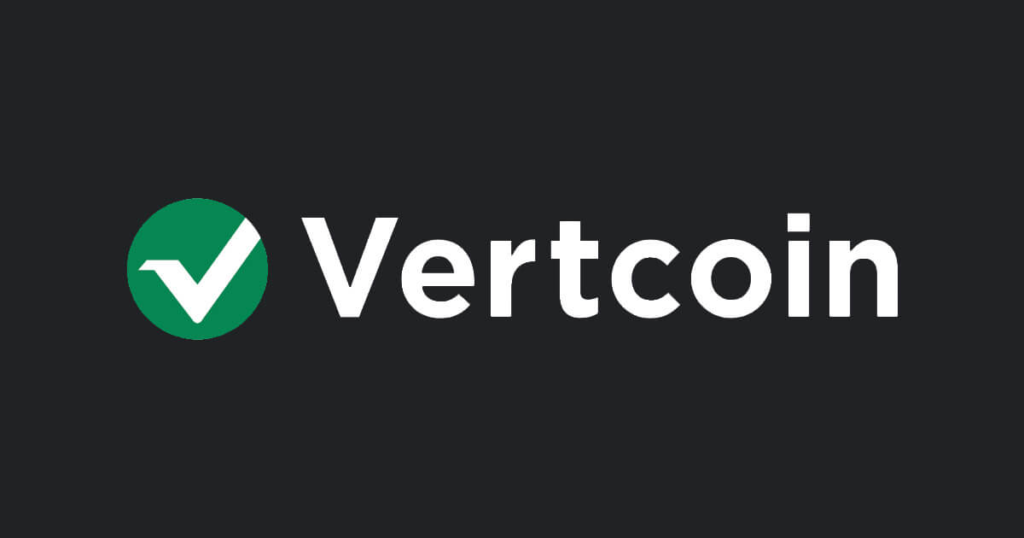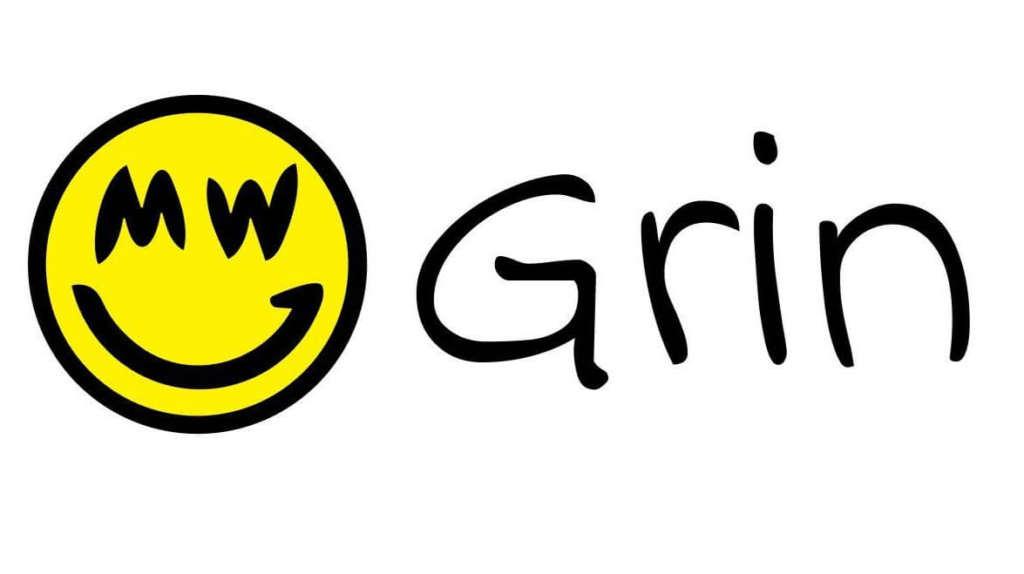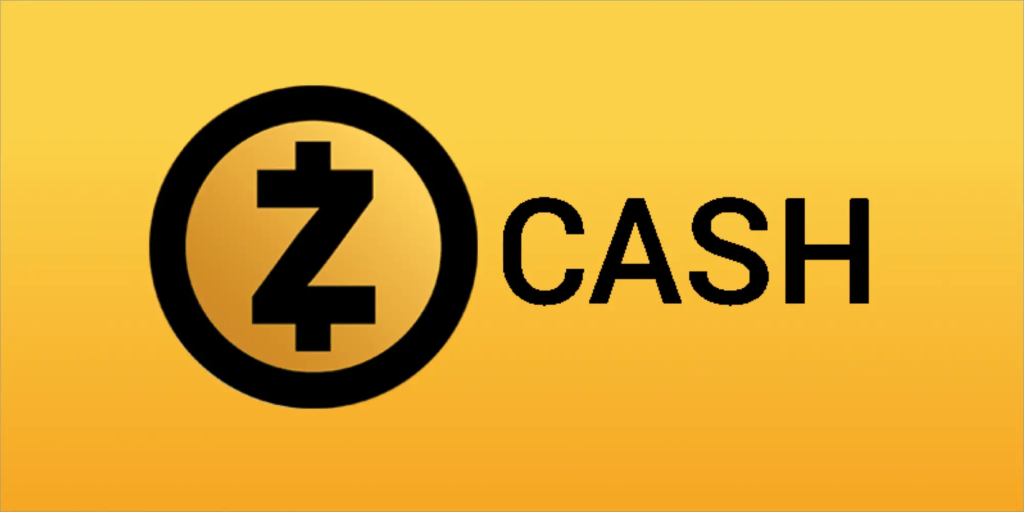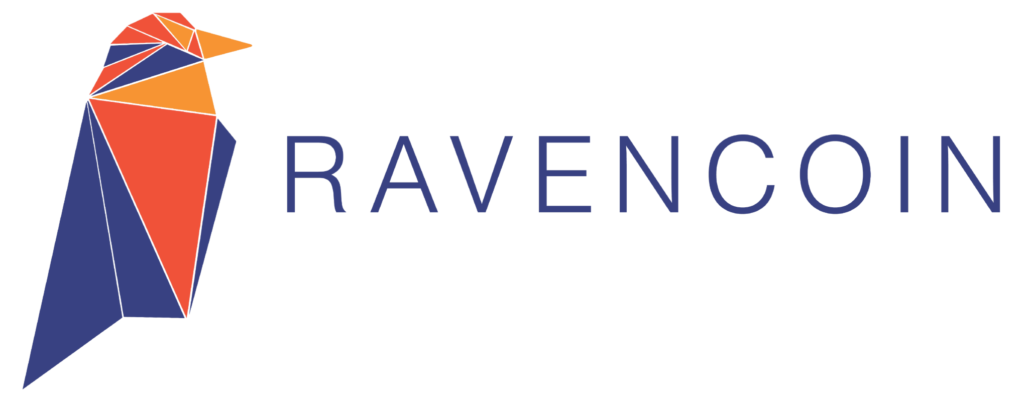Cryptocurrency mining gives people the chance to consistently make passive money. It is a procedure through which dispersed nodes on a certain crypto blockchain verify transactions that other users have transmitted over the network. These nodes operate a replica of the relevant blockchain.
Then they utilize software to check that the transactions sent across the blockchain network are legitimate and up to par with the blockchain’s standards.
How Exactly To Mine Cryptocurrency?
Given that all you need to start making money from mining is to connect a GPU, CPU, or ASIC miner to a mining pool, it is simple to do.
By combining their hash rates or computing power, many miners can use mining pools to boost their chances of winning block verification. This is so that several miners may compete to validate a block, which is how the verification process works. The indicated incentives are only won by the successful miner.
List Of The Best Cryptocurrencies To Mine
The list of popular cryptocurrencies to mine is as follows:

Vertcoin was designed as a crypto mineable by GPU after Litecoin, which was meant to operate as a GPU-mineable alternative to Bitcoin, fell to ASIC control. The network is as decentralized as it can be due to the fact that it allows GPU mining.
Features:
- Neither CPU cards nor ASICs may be used to mine it.
- The cryptocurrency is to be mined using VerthashMine software.
- RTX 2080, RTX 2080 Ti, Radion RX 560, GTX 1660, and GTX 1080 graphics cards were used in the mining.
- Both individually and through GPU mining pools.
- A few pools to take into account include Bitpoolmining.com, miningpoolhub.com, Zpool.ca, and Coinotron.com. Various pools impose varying fees or charges.
Specifications:
Algorithm: E.g. Proof-of-Work
Hashing function: Verthash
Network Hashrate: 4.54 GH/s
Options to mine: GPU, FPGA

Grin is one of the so-called privacy currencies, which enable anonymous online or off-platform transactions.
For example, the Grin platform prohibits the public from accessing the amount sent or the sending and receiving addresses. Of course, in contrast, anybody in the public may utilize block explorers to access such details of blockchain transactions for non-privacy currencies. To maintain transaction privacy and for scalability, Grin employs the MimbleWimble protocol.
Features:
- Can be mined using the GPU mining programs lolMiner, gminer, gringoldminer, and cudo miner. These can be downloaded without charge.
- Is mineable on pools like 2miners and f2pools.com. Rates and payment cycles vary among various pools.
- Is mineable with ASICs used for solo mining.
- The MimbleWimble protocol makes Grin lightweight, and it scales based on users rather than the volume of transactions.
Specifications:
Algorithm: Cuckatoo32 mining Proof-of-Work algorithm
Hashing function: Cuckatoo32
Network Hashrate: 11.84 KGps
Options to mine: GPU, ASICs

One of the greatest blockchains and currencies for privacy-conscious users is Monero, which improves transaction non-traceability. Contrary to Bitcoin, where transaction information like the amount sent and sending and receiving addresses are available, Monero does not display this information. It is therefore 100 percent private crypto.
Features:
- Users don’t have to spend a lot of money on CPUs to mine. Additionally, when using CPUs for mining, do not utilize excessive power.
- 24 seconds are needed to mine 1 Monero. Around 4.99 XMR is the miner’s payout.
- It is possible to mine alone, however GPUs are advised.
- Monero may be mined in pools like MineXMR.com, SupportXMR.com, xmr.nanopool.org, and monero.crypto-pool.fr, among others.
Specifications:
Algorithm: RandomX proof of work algorithm
Hashing function: RandomX; CryptoNight
Network Hashrate: 2.64 GH/s
Options to mine: x86, x86-64, ARM and GPUs, ASICs

Zcash is a privacy currency that guarantees transaction secrecy. It is possible to use public transparent wallet addresses, whose information and history are available to everyone. Companies and organizations who desire transaction traceability and transparency can utilize these. People can utilize the protected transaction types to safeguard their financial history and privacy.
The transaction charge for ZCash is just.0001 Zcash. Scientists from MIT, Technion, Johns Hopkins, Tel Aviv University, and UC Berkeley support the crypto.
Features:
- ASIC resistance. Can be mined best by GPUs using EWBF Zcash Miner Windows miner. Mineable with CPUs making it very cost-effective for beginners.
- GPU miners can use Optiminer and EWBF Cuda software for optimization. It is also possible to use GUI miner, console & Android mining app.
- Best mining pool is ZEC mining pool which is an internal mining pool. But other pools to mine include Flypool, Nanopool, and Slushpool.
- Block reward after every 75 seconds is 3.125 ZECs. 10 blocks are produced after every 2.5 minutes.
Specifications:
Algorithm: Equihash proof of work algorithm
Hashing function: SHA256 hashing function
Network Hashrate: 6.76 GS/s
Options to mine: CPUs, GPU

Ravencoin employs a peer-to-peer network to make it easier for parties to trade or transfer assets. It is built on a fork of Bitcoin and relies only on the community, with no master nodes or initial coin offerings. Customers include Medici Ventures, which once used the blockchain of the currency to transfer $3.6 million worth of securities tokens. Additionally, this initiative has funding from Medici Ventures, a company owned by Overstock.com.
Features:
- Enables mining at cheap start-up costs because it cannot be done with ASICs.
- BMiner, NBMiner, and DamoMiner are examples of popular software that may be used to mine Ravencoin. You may mine it on your phone using MinerGate, however we doubt it would be very profitable.
- Is mineable using a variety of mining pools, including 2Miners, Blocksmith, Bsod, Coinotron, Flypool, HeroMiners, Skypool, MiningPoolHub, Nanopool, Suprnova, and WoolyPooly.
- The mining of cryptocurrency is supported by GamerHash.
- To produce a block reward of 5,000 RVN, a block is mined or generated once per minute.
Specifications:
Algorithm: KawPoW (X16R) type of proof of work algorithm
Hashing function:
Network Hashrate: 6.93 TH/s
Options to mine: GPU, CPUs

A private cryptocurrency based on Monero is called Haven Protocol. The platform enables users to convert, transfer, and store money straight from their wallets without the use of intermediaries, custodians, or other third parties.
Currently, it enables you to exchange Haven cryptocurrency for other fiat-pegged tokens right from your wallet. For convenient conversion and trading between them, the site offers fictitious fiat and cryptocurrency currencies like xUSD, xCNY, xAU (Gold), or xBTC.
On the platform, nobody sets the exchange rates, and there are no restrictions on converting any supported asset.
Features:
- The privacy aspects of Monero, such RingCT and stealth addresses, are carried over. It is therefore suitable for private transmitting and receiving.
- Coins that are tied to money, gold, and silver enable for the steady storage of value to prevent volatility collapses. You can convert and store after mining.
- Searching for mining rigs in Haven? Try Hashvault, FairPool, Hashpool, Fracking Miner, Hero Miners, Miner Rocks, and Miner.
- The same program that mines Monero may be used to mine it. The Haven Protocol may be mined using the programs BLOC GUI Miner, CryptoDredge, and SRBMineR.
Specifications:
Algorithm: RandomX
Hashing function: CryptoNightHaven variant
Network Hashrate: 42.162 MH/s
Options to mine: GPU, CPUs

A version of Ethereum, Ethereum Classic upholds the “Code is Law” tenet, making it easier for people and businesses to carry out smart contracts or written business instructions that operate on the blockchain with little to no human intervention.
Features:
- Mostly mined using the GPU miners Ethminer, Claymore Miner, FinMiner, GMiner, and NBMiner. You may mine ETC using software like Cruxminer, GMiner, lolMiner, Nanominer, NBMiner, and OpenETC Pool.
- A number of pools, including Nanopool.org, 2Miners, Ethermine, f2pool, and P2pool, among others, may be used to mine the cryptocurrency.
- May be mined on a VPS server as well.
- The block reward for Ethereum Classic is 3.2 ETC. Every 10.3 seconds, a new block is generated.
Specifications:
Algorithm: Etchash algorithm
Hashing function: Ethash
Network Hashrate: 31.40 TH/s
Options to mine: GPUs

Unlike Bitcoin, which has a 10-minute waiting time, Litecoin guarantees quick transfers. It is based on research on cryptocurrencies and was published under the MIT/X11 license. Like many other blockchains, it makes use of a decentralized ledger and an open-source encryption system.
When it became impossible or difficult to create blocks on Bitcoin using CPU and GPUs, it was split from Bitcoin with the intention of being mineable with a CPU and GPU. However, in order to mine Litecoin profitably right now, ASICs are required.
There are now ASICs for the underlying protocol.
Features:
- Currently, the payout for mining a block is 12.5 LTC, and a block takes 2.5 minutes to complete. This will reduce by half in four years.
- May be mined with Awesome Miner, CPUminer, Easy Miner, MultiMiner, GUIMiner Scrypt, CPUminer, and CGminer Litecoin. These provide you the option to switch from CPU mining to GPU mining.
- The software will probably already be included in the hardware for ASIC miners. Otherwise, you can use other software like the free ASIC/FPGA miner.
- Litecoinpool, MinerGate, LTC.top, and Antpool are Litecoin mining pools. ViaBTC and F2pool.
Specifications:
Algorithm: Scrypt and a stream function known as salsa20
Hashing function: Scrypt
Network Hashrate: 352.97 TH/s
Options to mine: GPU, ASICs

A GPU is required for Ethereum mining to be profitable, and a quick GPU miner will need 63.7 days to mine one Ethereum. However, like with all other cryptocurrencies, pool mining offers higher possibilities.
Beacon Chain, a proof-of-stake (PoS) blockchain that will alter blockchain mining, will soon serve as the foundation upon which Ethereum will be built. It is based on the Proof of Work mining method for the time being.
Features:
- The block reward on Ethereum is 2 Eth plus transaction fees, and a block is generated in a matter of seconds.
- ETHminer, CGMiner, WinEth, BFGMiner, Geth, EasyMiner, T-Rex, and Lolminer are able to mine it. A CPU cannot be used to mine profitably.
- Ethpool, NiceHash, Nanopool, and Dwarfpool are a few mining pools for ethereum.
Specifications:
Algorithm: Combined Proof of Stake and Proof-of-work algorithms
Hashing function: PoW and PoS
Network Hashrate: 525.12 TH/s
Options to mine: GPU, ASICs

Monacoin was established in December of 2013 and has a thriving community in Japan. It is a meme coin similar to Dogecoin.
Features:
- It takes 1.5 minutes to mine one block and be eligible for a reward, which is the block time. It costs relatively little to mine.
- Every three years, the award, which is worth 12.5 MONA each block, is cut in half.
- Not suitable for ASIC mining.
- F2pool, vippool.net, mona.suprnova.cc, la.pool.me, coinfoundry.org, and bitpoolmining.com are some of the mining pools for this coin.
- This cryptocurrency is mined using the Lyra2REv2 miner, XMR Stak, CGminer, CCMiner, and Suprnova pieces of software.
Specifications:
Algorithm: Lyra2REv2 algorithm
Hashing function: Lyra2REv2
Network Hashrate: 73.44 TH/s
Options to mine: GPUs
















































